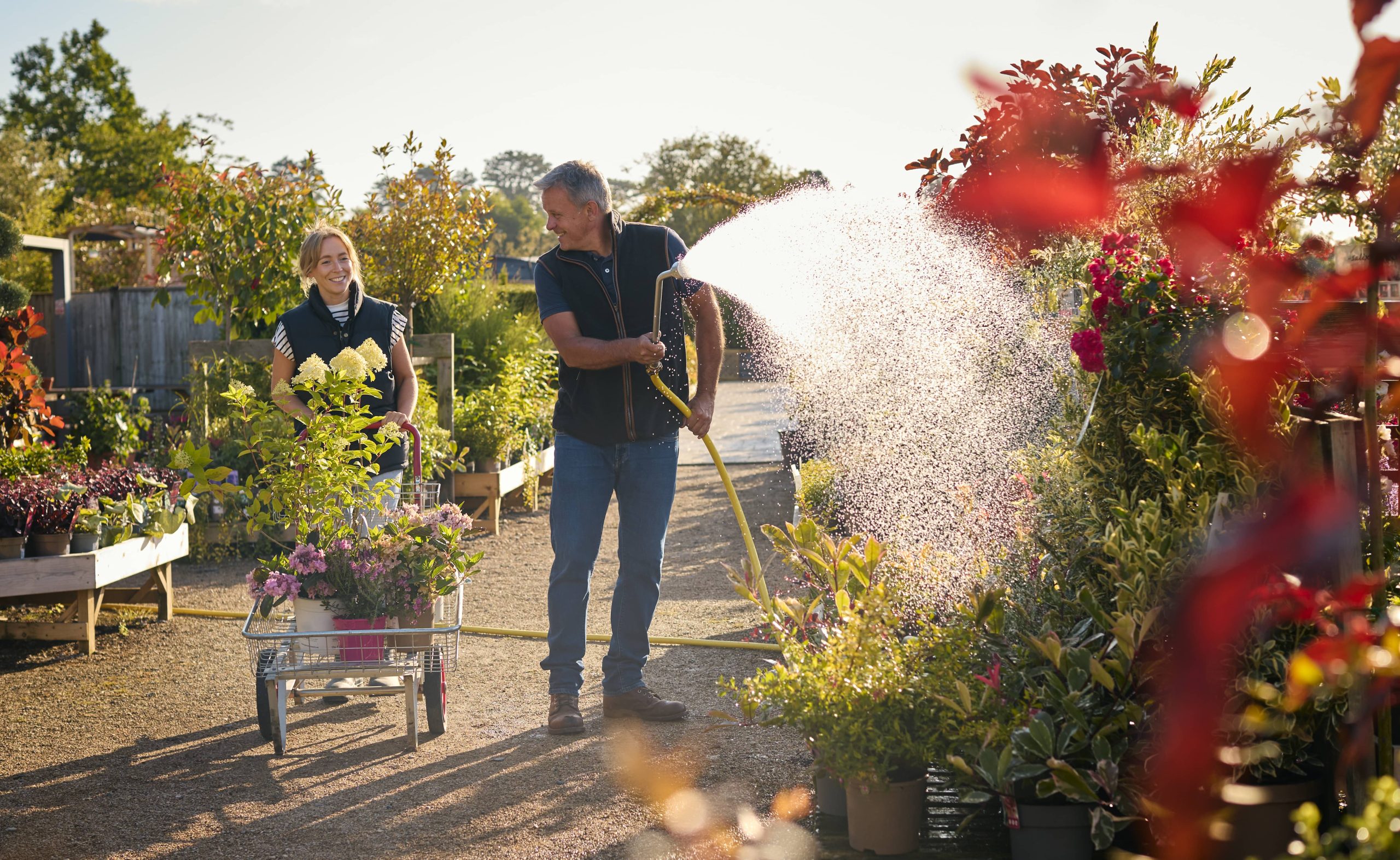
Gardening enthusiasts often face the dilemma of selecting the right plants that will not only thrive but also return year after year, bringing seasonal beauty and lessening the frustration of starting from scratch each spring. Perennials are a brilliant choice for gardeners seeking consistency, versatility, and ease of maintenance in their outdoor spaces. These resilient plants have the ability to winter underground and emerge again as the days grow warmer. In this post, we will delve into the wonderful world of perennials and guide you in choosing the best ones to suit your garden and climate.
Why Choose Perennials?
The appeal of perennials is multifaceted. Unlike annuals, which need to be replanted every year, perennials have longevity on their side, saving you not just time and effort, but also the expense of replanting. Once established, they often require less water and maintenance than their annual counterparts, making them an eco-friendly and sustainable option. Additionally, perennials can range from flowering varieties to lush foliage plants, giving you plenty of options to cater to your landscape’s specific aesthetics and function.
Understanding Hardiness Zones
Before selecting perennials for your garden, it’s crucial to understand the concept of hardiness zones. These zones, determined by the USDA in the United States, help identify which plants can withstand the minimum temperatures of a particular area. Knowing your zone is essential because it helps ensure the perennials you choose will survive the winter months and regrow with vigor in the spring. For instance, a plant thriving in hardiness zone 5 may not survive the winter in zone 3 without special care or protection.
Selecting Perennials for Your Landscape
Once you know your hardiness zone, it’s time to select perennials that fit both your climatic conditions and personal preferences. Here’s a guide to several perennial plants that are well-known for returning annually while offering beauty and functionality.
1. Lavender (Lavandula)
Lavender is a favorite among gardeners for its soothing fragrance and attractive purple spikes. Suitable for zones 5 through 9, lavender is perfect for creating a calming retreat or adding an aromatic element to your garden. This sun-loving perennial is drought-tolerant once established and can be used for cooking, crafting, or simply enhancing the visual appeal of your space.
2. Black-Eyed Susan (Rudbeckia hirta)
Known for its striking yellow blooms with dark centers, the Black-Eyed Susan flourishes in zones 3 through 9. Not only does this perennial add vibrant color, but it’s also a magnet for pollinators like bees and butterflies. It’s easy to grow, prefers full sun, and is drought-resistant, making it a practical choice for various landscapes.
3. Hosta
Hostas are popular perennials known for their lush foliage and ability to thrive in shaded areas, making them perfect for gardens with less sunlight. Available in a myriad of sizes, shapes, and shades of green, hostas are hardy in zones 3 through 9. They provide excellent ground cover and can be paired with other shade-loving perennials to create a rich, diverse undergrowth.
4. Sedum (Stonecrop)
Sedum is a succulent-like perennial that is incredibly hardy and versatile, suitable for zones 3 through 10. Its fleshy foliage provides an interesting contrast to more traditional leafy plants, and it blooms late in the summer with clusters of small flowers. Sedum is a resilient option, thriving even in rocky, poor soil conditions and requiring little maintenance.
5. Peony (Paeonia)
Peonies are treasured for their lush, dramatic blooms which often resemble ruffled bouquets. They are suitable for zones 3 through 8 and can live for decades with minimal care. These perennials love full sun and well-drained soil. With their striking flowers and intoxicating fragrance, peonies are an excellent choice for cutting gardens.
6. Daylily (Hemerocallis)
Daylilies are an adaptable and hardworking perennial suitable for zones 3 through 9. Available in a vast array of colors, they bloom from late spring through summer, providing prolonged periods of color. These perennials are exceptionally forgiving of soil types and are low-maintenance, making them a favorite among both novice and experienced gardeners.
7. Echinacea (Coneflower)
Coneflowers are hardy perennials that thrive in zones 3 through 9. Recognizable by their upright blooms and central cone, Echinaceas add a wildflower charm to gardens. They’re known for their resilience, tolerance to drought, and ability to attract pollinators. They also have medicinal uses, which can be an added benefit for gardeners interested in holistic health.
Tips for Planting Perennials
– Choose the Right Location: Understanding the light and soil requirements of your chosen perennials is crucial. Most perennials prefer full sun, but exceptions like hostas thrive in the shade.
– Prepare the Soil: Good soil is the foundation of a healthy garden. Ensure your soil is well-drained and enriched with organic matter for optimal growth.
– Water Wisely: New plantings require consistent moisture, but once established, many perennials are quite drought-resistant. Water deeply but infrequently to encourage strong root systems.
– Mulch for Protection: Applying a layer of mulch helps retain moisture, suppress weeds, and protect roots from temperature extremes.
– Regular Maintenance: Deadheading spent blooms, dividing crowded plants, and applying compost annually can keep your perennials vigorous and beautiful.
Conclusion
Perennials that come back annually offer a gardener the dual benefits of reliability and resilience. By considering your hardiness zone, understanding the light and soil needs of each plant, and investing a little in their establishment, you can create a flourishing landscape that evolves beautifully with each passing year. Whether you opt for aromatic lavender, classic peonies, or vibrant daylilies, perennials promise years of enjoyment, satisfaction, and dynamic garden displays. Happy gardening!













